It isn’t all jet-setting to Slovenia, Hungary or Denmark for Michael Cairney.
A couple of hours after this chat with Courier Sport – his first interview since becoming Dundee United’s head of recruitment – Cairney takes his seat at the ARMCO Arena.
Solihull Moors are hosting Forest Green Rovers in the National League.
Will the Tangerines’ next smash hit signing emanate from this journey? The law of percentages suggests not. After all, Cairney takes in hundreds of games a year; thousands of miles on the clock in a bid to unearth those elusive gems.
And he wouldn’t have it any other way. Since he was a teenager and – in a tale as old as time – realised he wouldn’t make the grade as a footballer at any notable level, Cairney committed himself to the scouting and analysis side of the game.
“I was a bang average player, so my sporting ambition became to go down this road,” Cairney tells Courier Sport. “From when I was a teenager, I always liked to go into detail about how I played, or how my teammates played.”
Cairney undertook a couple of coaching courses at college, with a view to further studies.
But practical opportunities emerged, and he found himself learning on the job; essentially, he is self-taught, treating scouting as one would pick up and develop a trade.
“I’ve worked for expenses, experienced the part-time game and had full-time roles,” he continued.
“So, I’ve learned the ropes with every step and picked up a lot of information from some good people along the way – and maybe some not-so-good, as well!”
No structure, no strategy
After racking up thousands of miles doing scouting and consultancy work up and down the English football pyramid, doors opened to become recruitment chief at Barnet and, subsequently, Doncaster Rovers.
It was from-the-ground-up graft.
“Those jobs were similar, although at Doncaster it was called “head of scouting” at a time when they had just been relegated from League One,” he continued.
“They (Doncaster) had no structure and no strategy. So, I implemented a few of the things we did at Barnet, in terms of building databases and getting on the road and identifying players who could become good options.
“Doncaster had a good season last year and I’d like to think some of that comes down to the hard work that went into identifying players who have gone on to do well. They reached the playoffs; as did Barnet.”
Balancing the old and new
Working remotely as a video analyst for Eredivisie side FC Twente during the Covid era was illuminating, with Cairney adding: “We watched various levels across North Macedonia, Slovenia and south-east Europe.
“That was a brilliant insight into a different way of working; based around watching footage, being productive with what we presented to the director of football and building a much broader knowledge of different markets.”
Twente would go on to secure a fourth-place finish and qualify for Europe.
“I’ve done the more traditional scouting methods – going up and down the country to games, with pen and pad – and what people would consider to be the more modern ways of identifying talent,” he continued.
“That’s something really important here (Dundee United): I’d like to think we find a happy medium between the old and new.”
Cairney: ‘Elite’ Sport Republic’ was ‘biggest learning curve’
But Cairney’s biggest source of pride – prior to his arrival at United – is the work he did with Sport Republic, the London-based sports investment firm founded by Rasmus Ankersen and Henrik Kraft and financed by lead investor Dragan Solak.
Through Serbian billionaire Solak, Sport Republic own 80% of Southampton FC and are a majority shareholder in Valenciennes of France and Turkish outfit Goztepe.
Cairney was afforded the chance to work across the continent, analysing top talent on behalf of the multi-club operation.
And he witnessed the maddening and often mystifying vagaries of football as Southampton and Goztepe won promotions to their respective top-flights, while Valenciennes were relegated to the second tier.
“I’m incredibly proud of being a part of building those Southampton and Goztepe squads,” he continued. “They both went on to enjoy great seasons and win promotion in England and Turkey.
“Unfortunately, Valenciennes – who I also did a lot of work with – were relegated, which just goes to show how fortunes can differ, even within the same organisation.
“Going there was the biggest learning curve in my career, in terms of how scouting and recruitment is done at the elite level. Even in 11 months working there, I knew I was picking up things that I could take into my next role.”
Carte blanch at United
Indeed, it required a tempting proposition to prise Cairney away from Sport Republic.
With United on their way to the Championship title when the call was made in March, the challenge was to work alongside manager Jim Goodwin and chief executive Luigi Capuano to build a squad for the Premiership.
Given the size of overhaul ahead, it was almost carte blanche for Cairney, who was born in Glasgow and still has family in Scotland.
“The opportunity to come to United was an intriguing one straight away,” continued Cairney.
“It’s such a big, traditional club in Scotland and the chance to help shape it, put my own stamp on certain things and how we bring players into the club was really exciting.”
He added: “I lived up here until the age of 10 and have always taking a keen interest in the game in Scotland – I know what it means to people, and what it takes to be successful as a player in Scotland.”
Oh, and Forest Green Rovers won 1-0.
Whether anyone did enough to justify a report landing on Goodwin’s desk, time will tell.
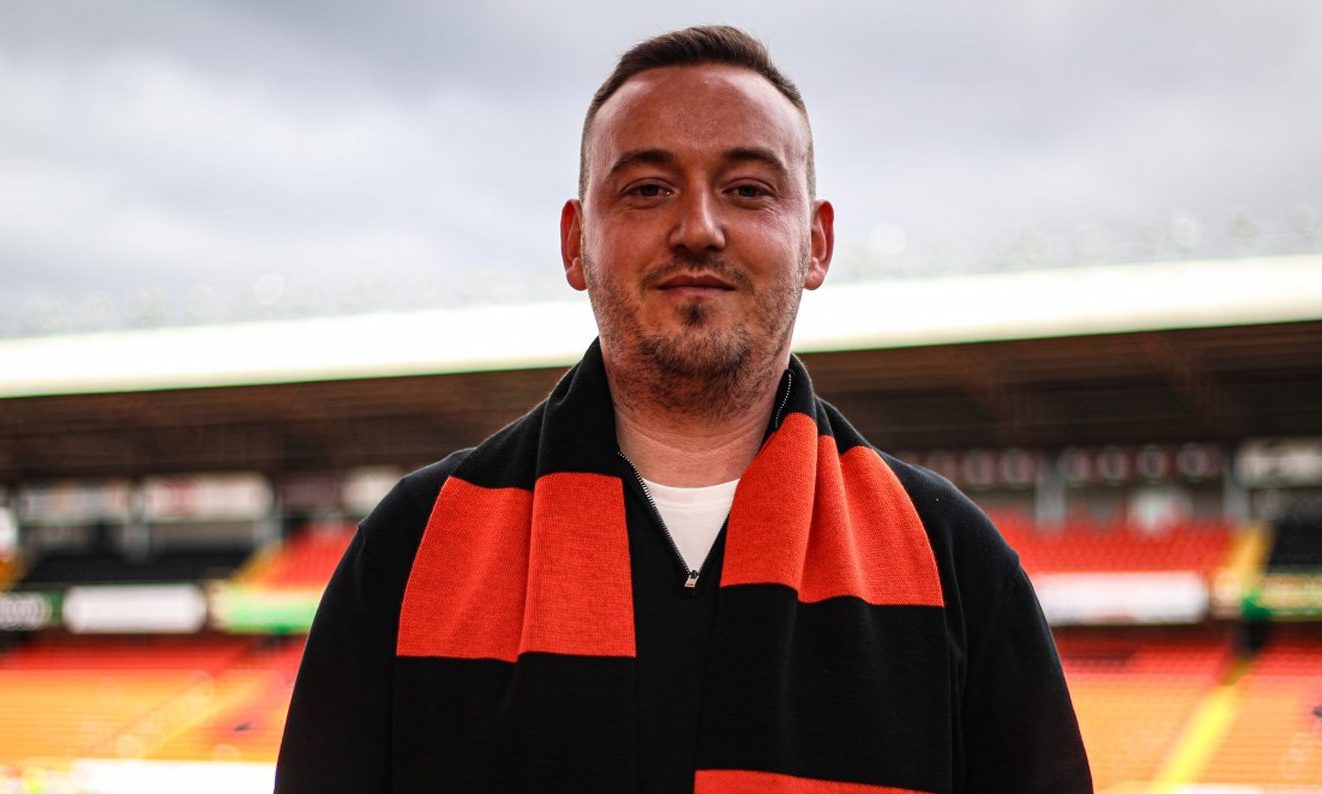
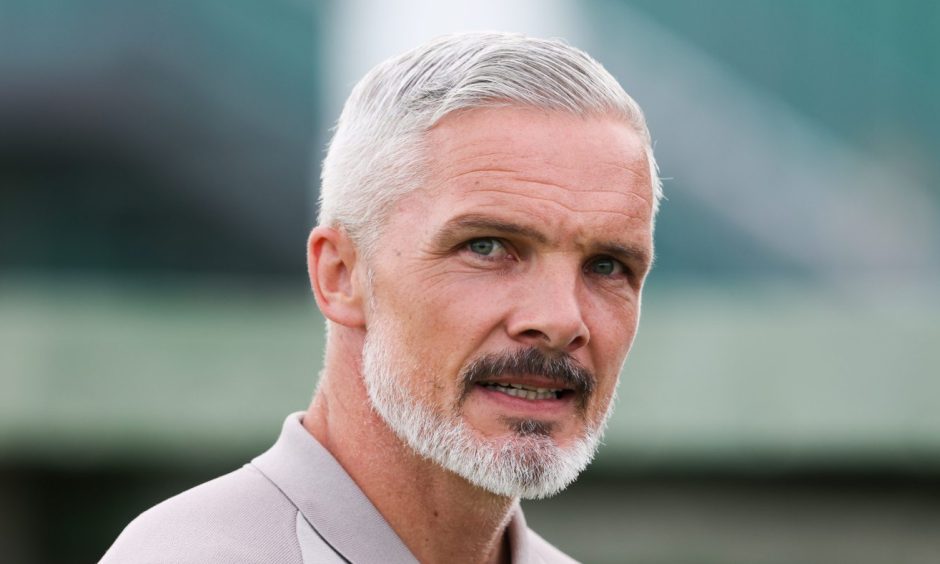
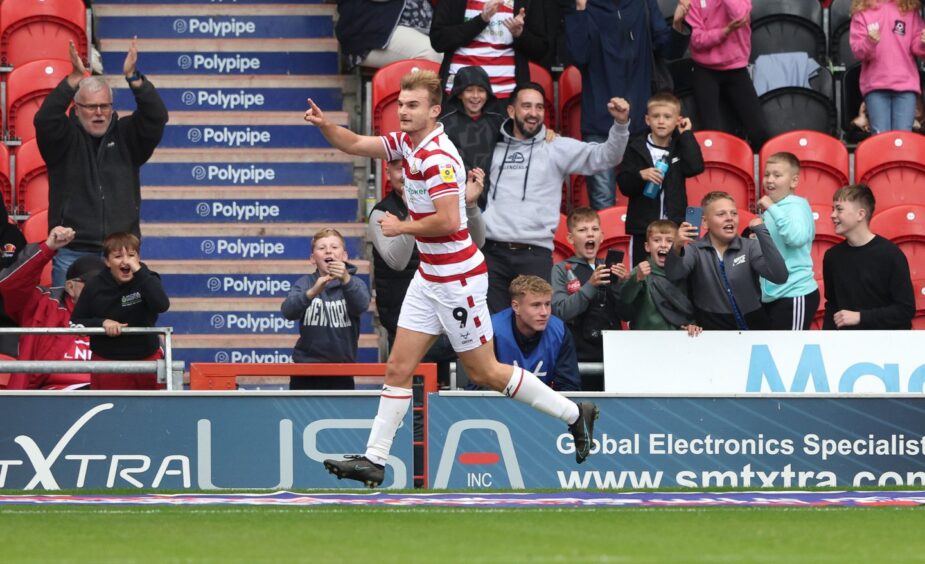
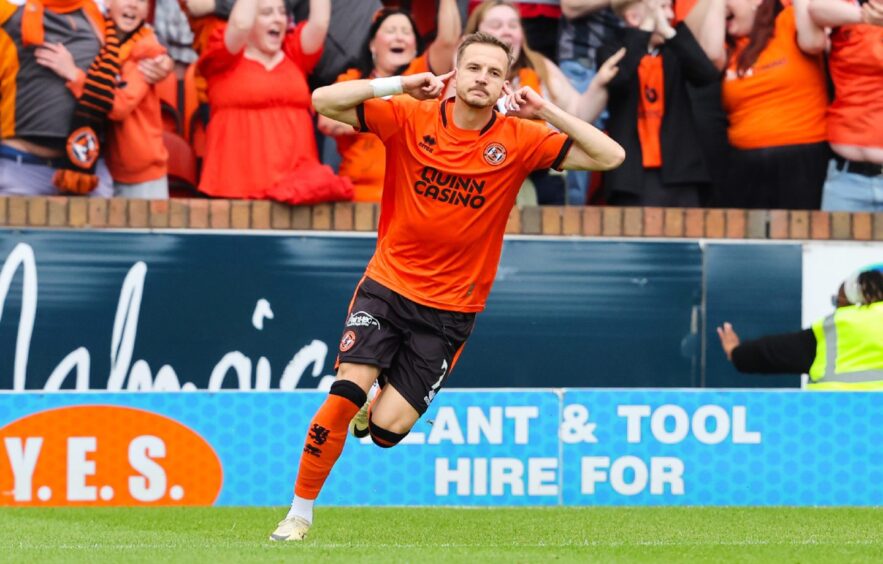
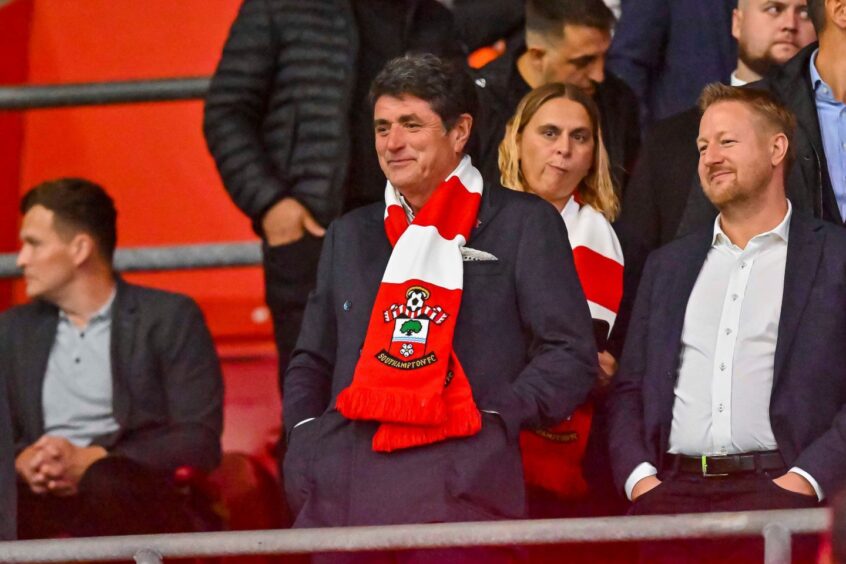
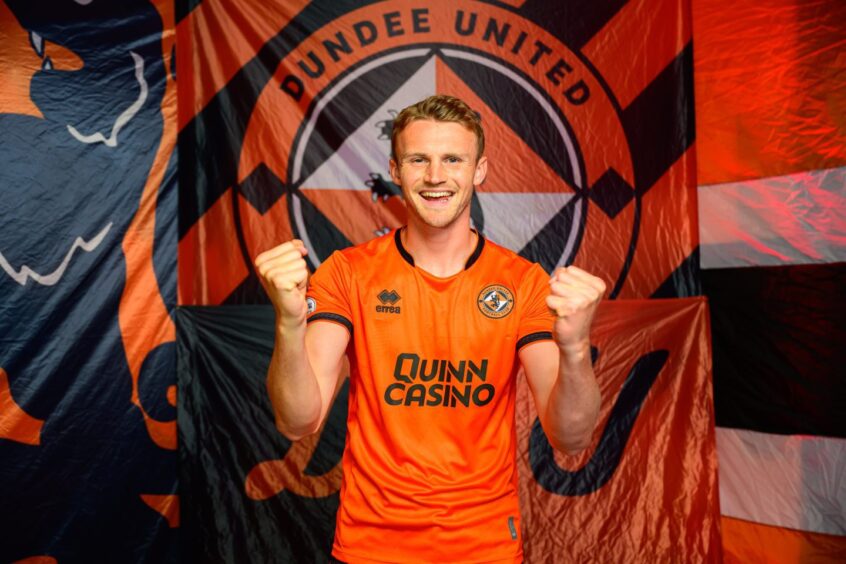
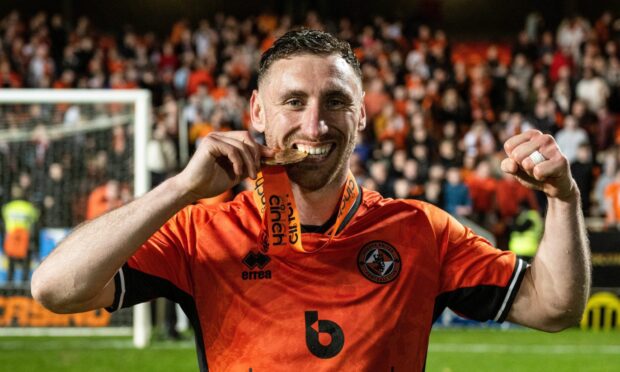
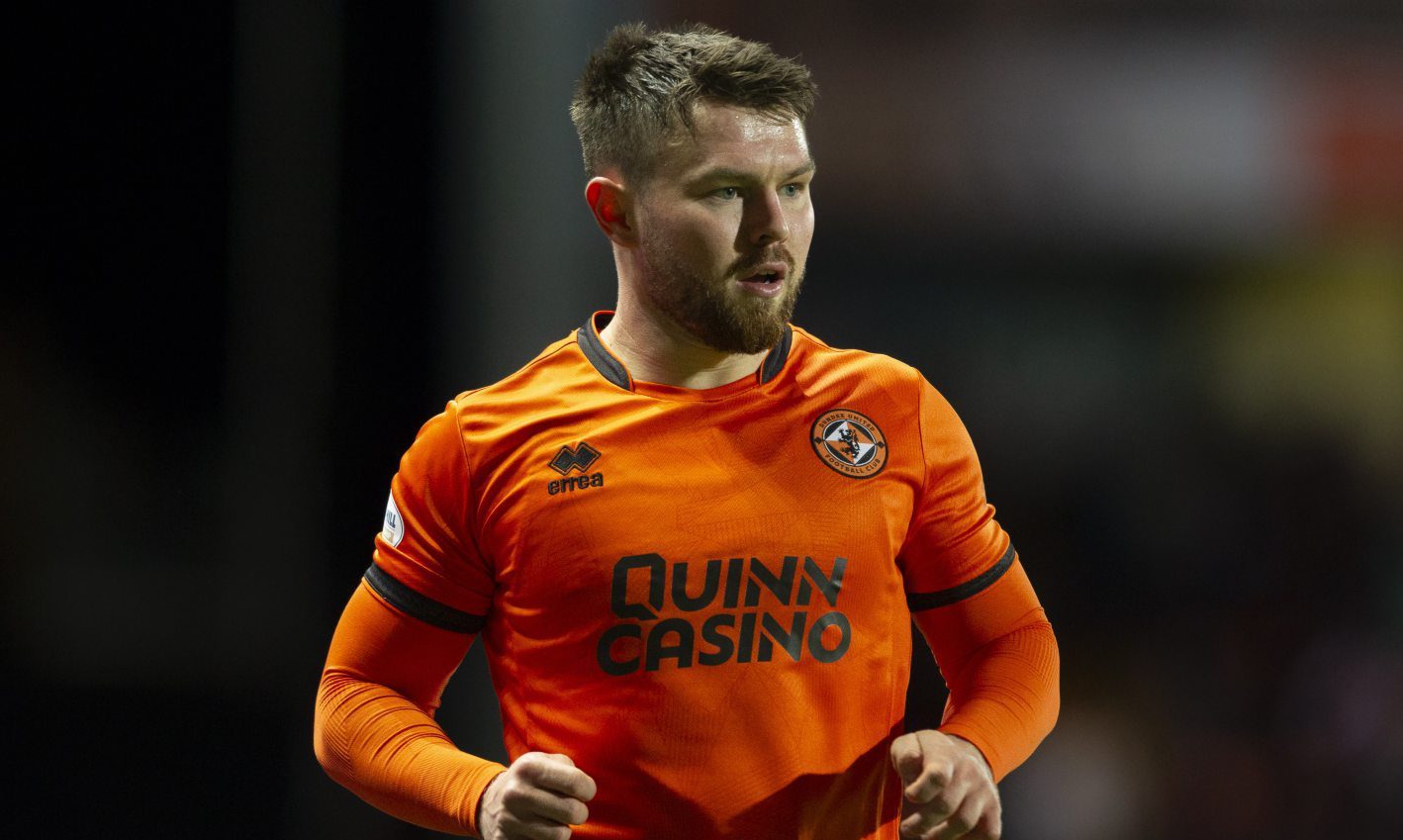
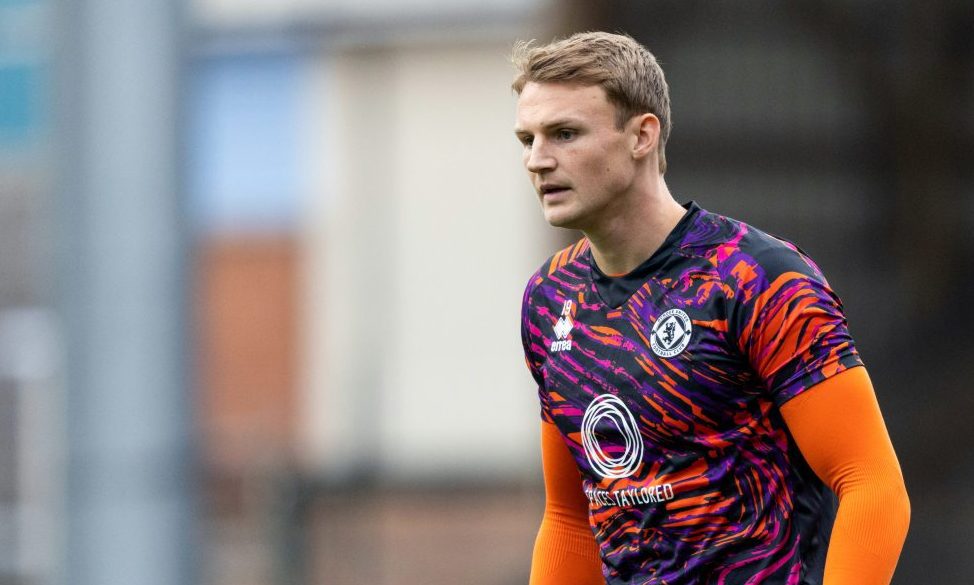
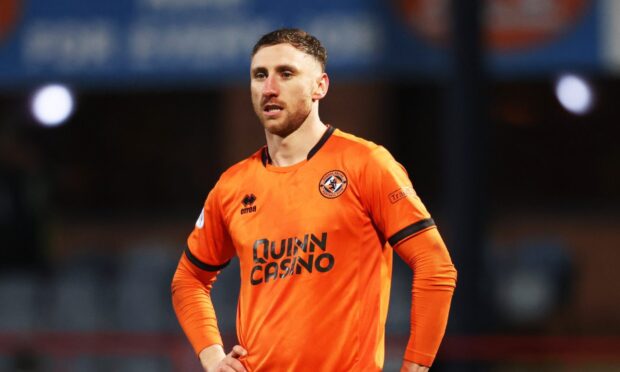
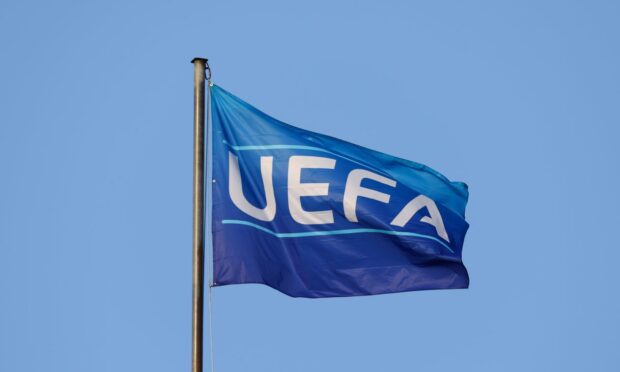
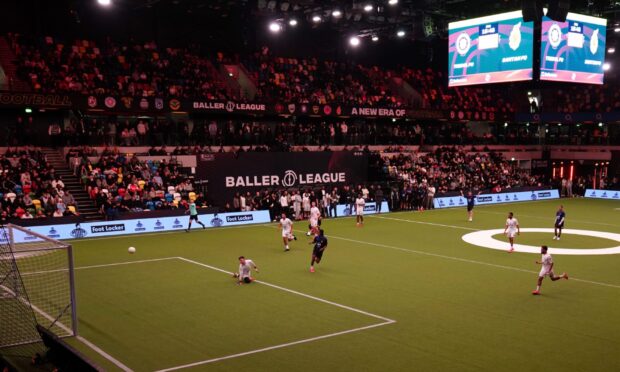
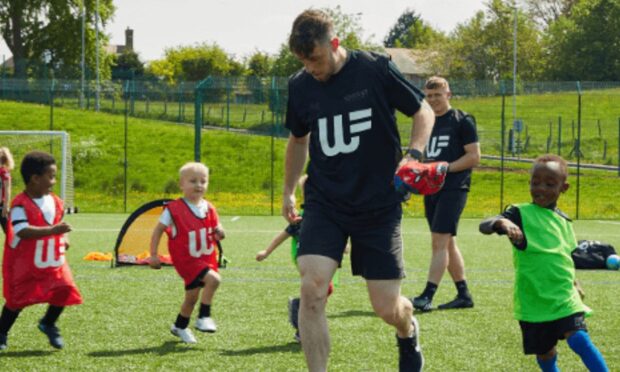
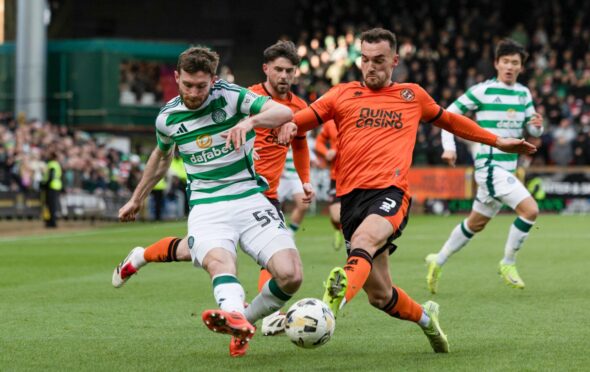
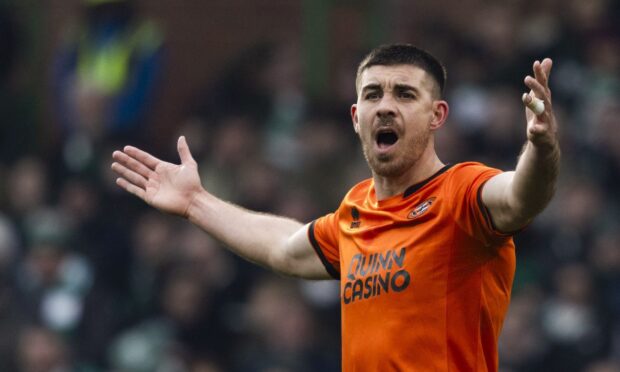
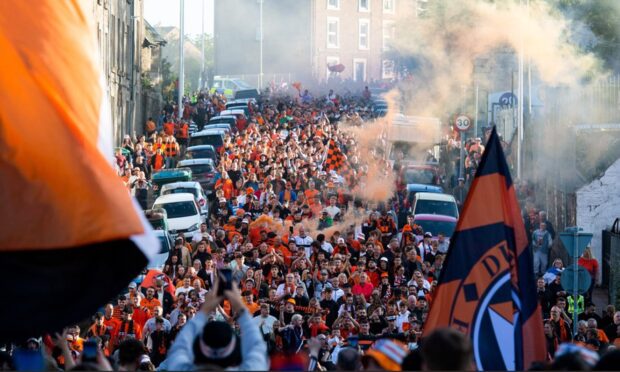
Conversation